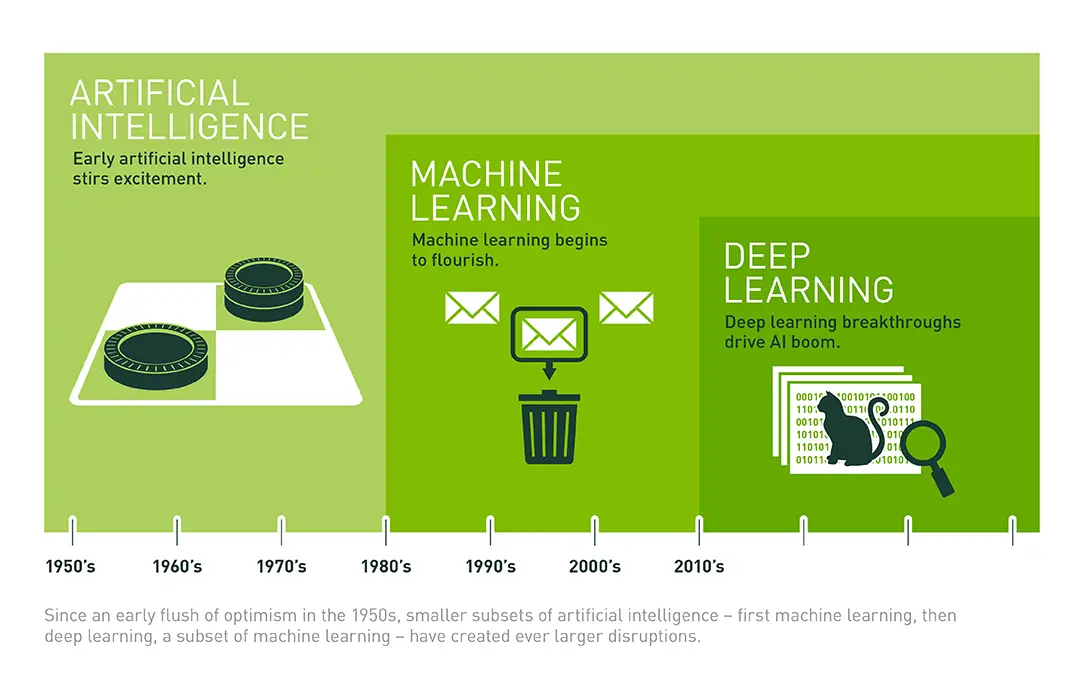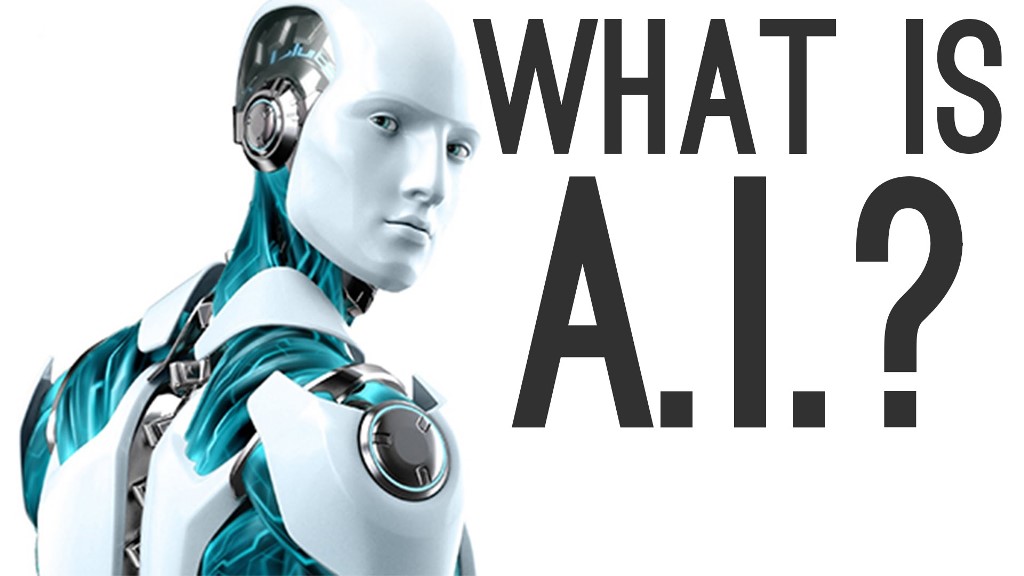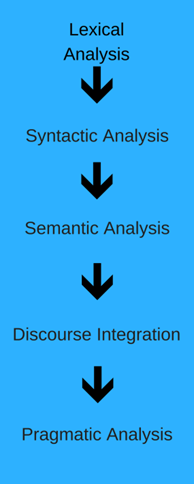Here you will get an introduction to artificial intelligence.
First of all let us quickly recall what we have learnt in previous blog posts to get an idea of what we already have covered and shouldn’t invest time on. So far, we’ve learnt about Machine Learning concepts, the algorithms, packages and IDEs etc. Now when we are quite familiar about the term Machine Learning, it is time to explore further in the domain. It is time to understand what Artificial Intelligence is? Many people use Machine Learning and AI interchangeably and think both of them as the same. But the fact is they are not the same as inferred by majority. Come let’s understand how these two terms (ML and AI) are not the same.

As we can see in the image above it is quite clear that we see AI and ML differently instead a single domain. In other words “ML is a subset of AI.”
Artificial Intelligence can be thought of as a broader term in which a machine is expected to behave humanly. Whereas on the other hand as we are already aware that in ML we train our machine providing to do a specific task by providing it some data.
We know you guys might be wondering now what the heck is this Deep Learning. As for now think of it as “a subset of ML (comes under Reinforcement Learning)” and we will discuss on this too on some later posts. Let us now quickly dive into Artificial Intelligence and explore what’s interesting in it.
What is Artificial Intelligence?

It is believed that AI is not a new term, people say that according to Greek myths there were mechanical men in early days that act like humans.
Instead of understanding AI as machines that do complex calculations, it can better be explained as machines that are built to act and behave like human, contains features of human like facial recognition, voice recognition, decision making, vision system etc. The devices (machines or computers) that are AI powered are often classified into two categories namely: Applied AI and General AIs.
Applied AI: Applied AI is considered as the common AI, result of which can be spotted in the field of Stock trading, autonomous vehicles etc.
General AI: The devices that run on principles are not very common to spot in our locality but it is interesting to know that some of the buzzing topics like Machine Learning is an example of this.
Two thoughts on AI:
- How to make machines behave like human.
- Have machine behaviour in best possible way.
What are the ways to carry out AI task?
There are believed to be seven different steps that help in making any AI system behave humanly. We are eager to know what those steps are that can make any machine mimic human behaviour.
- Simulating higher function of human brain.
- Programming a computer to use general (natural) language.
- Arranging hypothetical neurons in a manner so that they can form concept.
- A way to determine and measure problem complexity.
- Self improvement.
- Abstraction – defined as, the quality of dealing with the idea rather than events.
- Randomness and creativity.
Turing Test
Turing Test was proposed by an English computer scientist Alan Turing in 1950. The main objective of Turing test was to find out if a computer is intelligent or not? Though this was proved to be not that effective to measure the system’s smartness.
Turing test consist of three units – an interrogator, a computer system and a human unit both situated in different rooms. The means of communication between them was through keyboard and a screen only. The interrogator asks a question to both the units located in different rooms and tries to distinguish between the responses received from both the units (human and computer), i.e. which answer is given by the computer and which one by human, if interrogator fails to correctly identify the computer’s response because of the very minor difference (or even no difference) then the system is supposed to be intelligent.
Other scientists like Steven Harnad extended this as Total Turing Test in which computer must interact in all areas of human behaviour instead of language (in case of turing test) only and the test duration extended to lifetime instead of five or ten minutes only.
Huhh.. much of the theoretical knowledge. Come on let’s quickly see what computer needs to pass this test.
- NLP (Natural Language Processing)
- Knowledge Representation
- Automated Reasoning
- Machine Learning ability
- Computer Vision
- Robotics (touch of Robotism)
Capabilities of AI (What AI can do?)
- Computer Vision (eg. Facial Recognition)
- Robotics
- NLP (Natural Language Processing)
- Expert System
- Speech Understanding
- Test Categorization
- In games
- Surf the web
Where AI lacks yet?
- Understanding NLP robustly
- Interpret arbitrary visual scene
- Learn a natural language
- Exhibit true autonomy and intelligence
What is Natural Language Processing (NLP)?
Refers to AI method of communicating with intelligent system using natural language such as English. Computer should be able to understand the natural language and give response to it.
Input/output can be in the form of Speech or Written Text.
Components of NLP
- Natural Language Understanding (NLU): Mapping the input provided in natural language into some useful representation is the art of NLU.
- Natural Language Generation (NLG): Process of producing meaningful phrases and sentences in form of natural language from some internal representations. This includes: test planning, sentence planning and text realization.
Terminologies used in NLP
Phonology: Study of organising sounds.
Morphology: Study of construction of words from primitive meaningful unit.
Syntax: Refers to arranging words to make sentences and determine the structural role of words in sentences.
Semantics: Deals with how to combine the words to make meaningful sentence.
Pragmatics: Refers to using and understanding sentences in different situations.
Discourse: How effectively preceeding sentence can affect interpretation of next sentence?
Steps of NLP

What is Deep Learning?
We are pretty sure that the term Deep Learning must be haunting you guys since you see it in the very first image attached. Do not worry, we are always here for you. In short Deep Learning is a part or subset of Machine Learning as inferred from the very first image from this blog post. Deep Learning came into existence only with the notion to facilitate the machines to move forward to achieve their goal to be able to think and act rationally or humanly i.e. help computers to achieve the motive of AI with the help of Machine Learning itself.
Dear readers, that is all for today. We wish you guys enjoyed learning with us. You can post any queries or doubts related to artificial intelligence in the comment section.
The post Introduction to Artificial Intelligence (AI) appeared first on The Crazy Programmer.
from The Crazy Programmer https://www.thecrazyprogrammer.com/2018/01/introduction-artificial-intelligence.html
Comments
Post a Comment